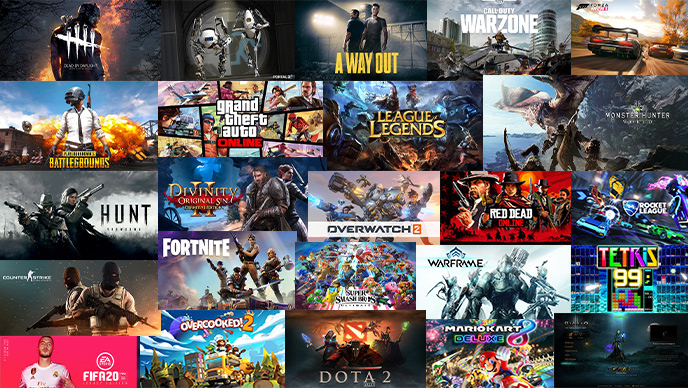In the realm of digital entertainment, video games stand out as a dynamic fusion of creativity and technology. Behind the immersive worlds and engaging experiences lie intricate lines of code, meticulously crafted to bring virtual landscapes to life. This blog explores the mechanics behind popular games, delving into the programming intricacies that make gaming a captivating and interactive form of art https://imgur.com/a/JQpH8lt.
- The Foundation: Game Engines
- At the heart of every game lies a powerful game engine, a sophisticated software framework that provides developers with the tools and capabilities to create diverse gaming experiences. Engines like Unity, Unreal, and Godot empower developers to build upon a foundation of pre-written code, streamlining the process and allowing for a focus on creativity.
- Graphics and Rendering: Breathing Life into Virtual Worlds
- Graphics programming is a cornerstone in game development, responsible for rendering stunning visuals. Techniques like shading, lighting, and post-processing effects contribute to the realism and aesthetics of games. Developers leverage graphics APIs such as DirectX and OpenGL to harness the potential of modern GPUs, pushing the boundaries of visual fidelity.
- Physics and Collision Detection: Making Worlds Feel Real
- Games are not just about looks; they’re about feel too. Physics engines simulate the laws of motion, gravity, and interactions between objects, ensuring that virtual worlds behave in a way that mimics reality. Collision detection algorithms prevent objects from passing through one another, enhancing the sense of immersion and realism.
- Artificial Intelligence: The Brains Behind NPCs
- Behind every non-player character (NPC) is a complex system of artificial intelligence (AI) algorithms. From pathfinding to decision-making, game AI contributes to the challenge and unpredictability of virtual adversaries, creating a dynamic and responsive gaming environment.
- Networking: Multiplayer Magic
- The rise of online gaming has introduced a new layer of complexity – networking. Game developers employ networking code to facilitate multiplayer experiences, enabling players to connect, interact, and compete in real-time. Latency management, server synchronization, and anti-cheat mechanisms are critical components in creating a seamless online gaming experience.
- User Interface (UI) and User Experience (UX): Navigating the Virtual Space
- Intuitive and visually appealing user interfaces are essential for guiding players through the gaming experience. From menus and HUDs (heads-up displays) to interactive elements, UI/UX design influences how players engage with the game. Efficient code ensures smooth navigation and responsiveness.
- Sound and Music: Setting the Atmosphere
- A game’s soundtrack and sound effects play a pivotal role in shaping the player’s emotional response. Audio engines handle the spatialization of sounds, creating a three-dimensional auditory experience. Dynamic music systems adapt to in-game events, intensifying the overall atmosphere.
- Optimization: Balancing Performance and Quality
- Game development is a delicate balance between performance and quality. Optimizing code ensures that games run smoothly on a variety of hardware configurations. Techniques such as culling, level of detail (LOD), and code profiling help developers achieve the desired performance without sacrificing visual fidelity.
Conclusion: Behind the captivating worlds, thrilling gameplay, and memorable characters of popular games lies a symphony of code, meticulously orchestrated by talented developers.
